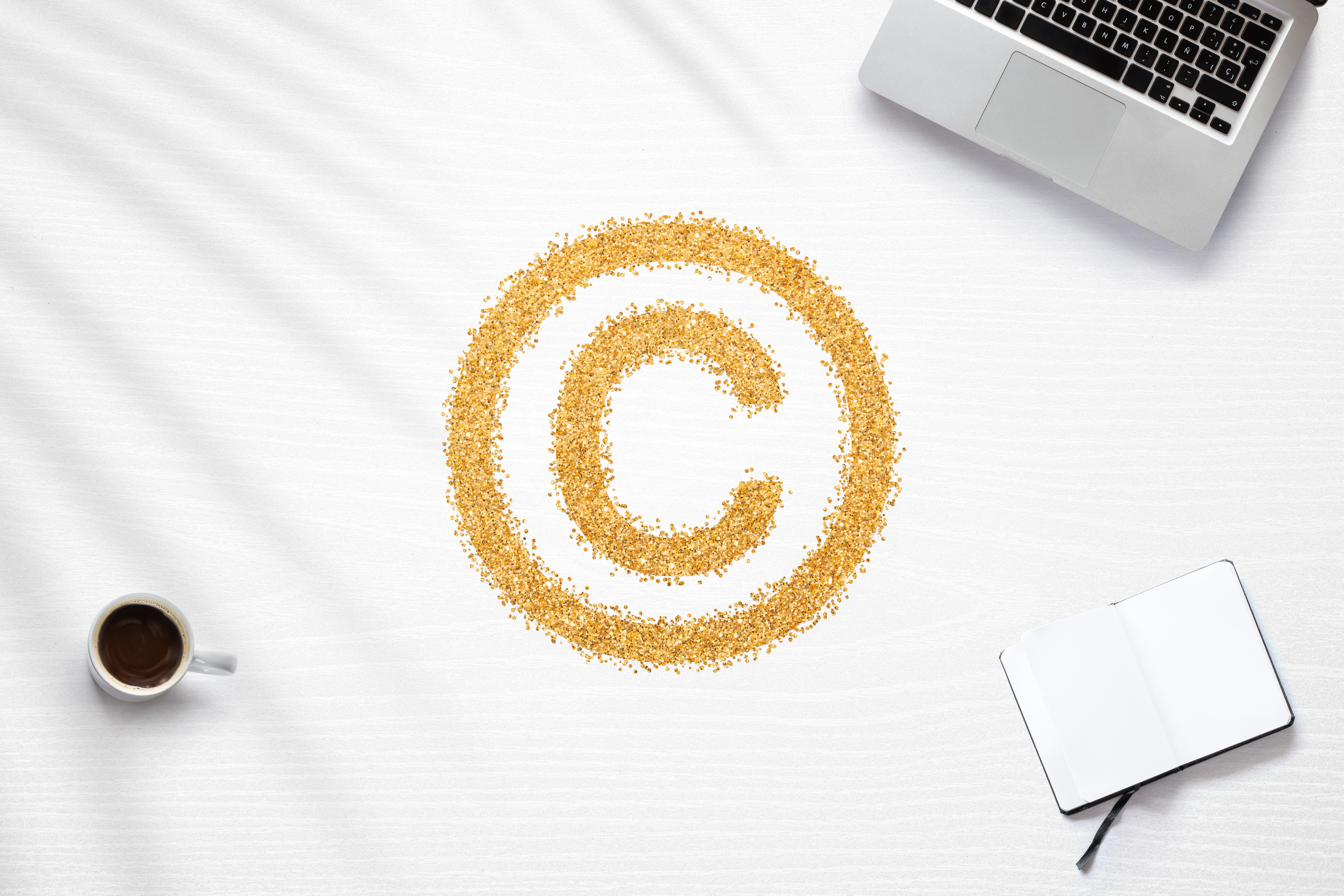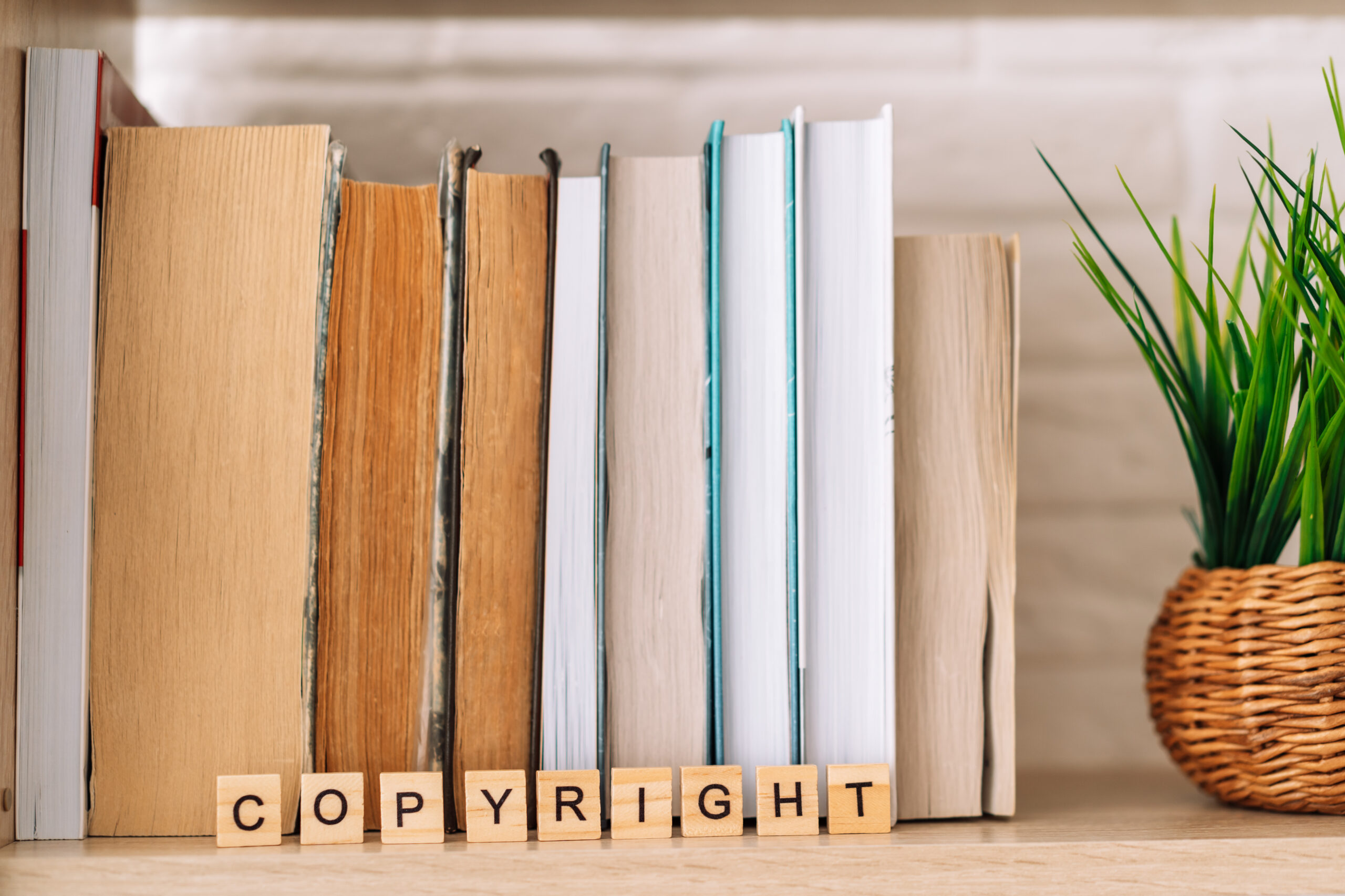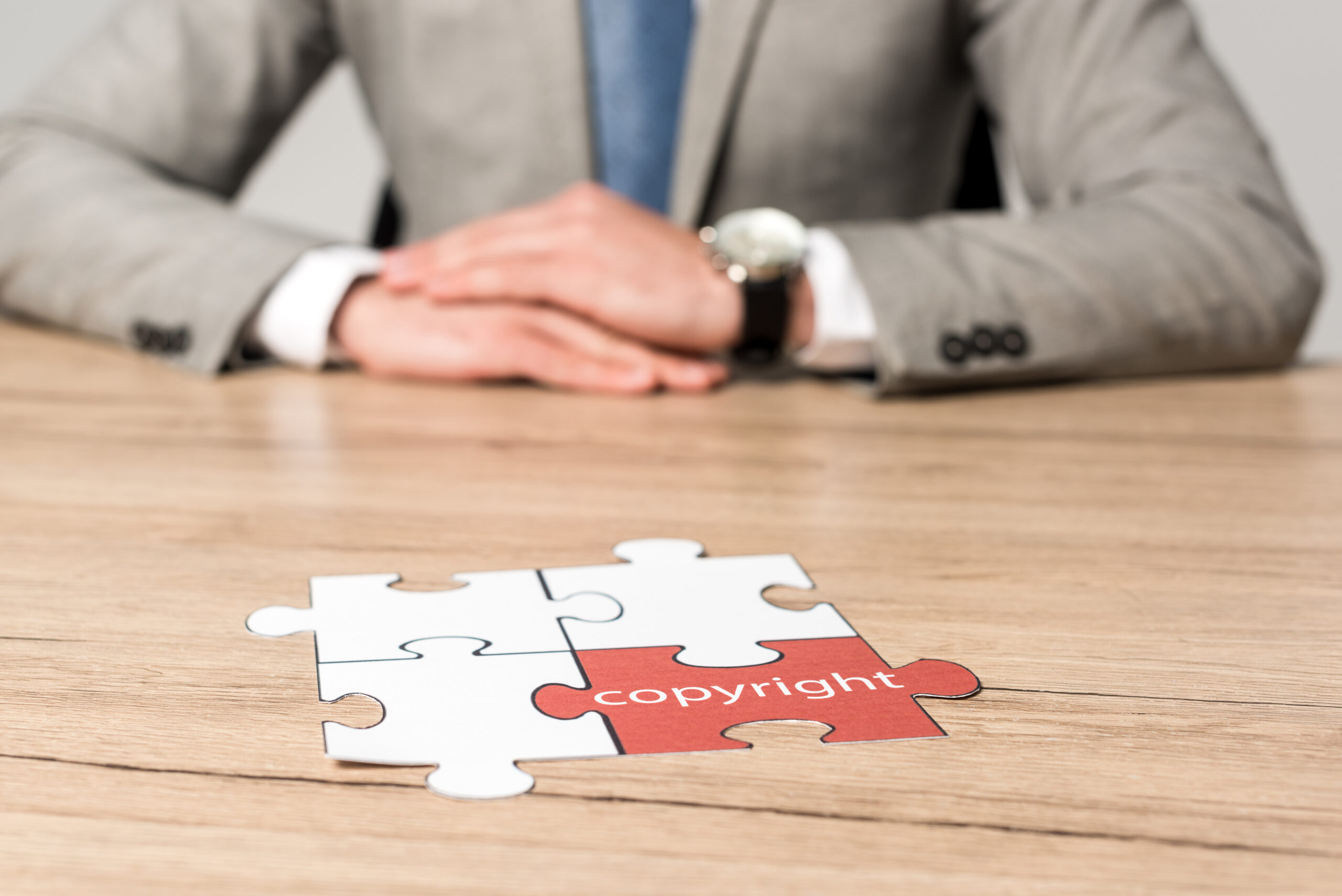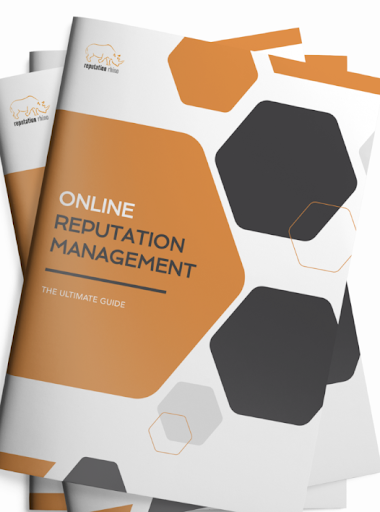Discover How Our Copyright Removal And Takedown Process Works!

Take Control And Protect Your Copyrighted Work!
Your information will always be safe with us. Clicking this button will open a box to input contact information details.
Reputation Rhino has helped companies protect and defend their copyright interests and intellectual property from copyright infringement worldwide, including photos, videos, logos, and website content.
Copyright law is complex but can be a very effective tool for quickly and permanently removing damaging content from the Internet and protecting creative work from misuse and exploitation by others.
What Is Copyright?
Copyright is a form of intellectual property law that provides legal protection for original works, including literary, dramatic, musical, and artistic works, such as poetry, novels, movies, songs, computer software, and architecture.
The written content on our website you are reading is protected by copyright.
A patent protects ideas, inventions, and discoveries and must usually be registered with a government to be effective.
A trademark protects words, phrases, symbols, or designs, such as a logo or a business name, and must usually be registered with a government to be effective.
If someone uses your copyright-protected content without authorization, several options are available, including filing a civil lawsuit in state or federal court.

Copyright infringement in the United States may result in statutory damages of up to $150,000 per work infringed and, sometimes, criminal penalties.
Suppose the content is being used online without permission. In that case, you can consider filing a takedown notification pursuant to the Digital Millennium Copyright Act and/or work with an online reputation management company to remove the infringing content.
Reputation Rhino’s knowledgeable and passionate team of experts are ready to apply their best online management strategies to improve your online reputation.
Our reputation management strategies for companies & individuals are highly effective and designed to…
What Is Fair Use?
Fair Use is a legal doctrine that permits the use of copyright-protected works in certain circumstances without the copyright owner's permission. It evolved from a public interest to protect freedom of expression from suppression. Criticism, comment, news reporting, teaching, scholarship, and research are all examples of activities that may qualify as fair use.
Determining whether a particular use of copyright-protected content falls under the fair use doctrine will require a consideration of several factors, including:
1. Purpose and character of the use, including whether the use is of a commercial nature or is for nonprofit educational purposes
2. Nature of the copyrighted work
3. Amount and substantiality of the portion used in relation to the copyrighted work as a whole
4. Effect of the use upon the potential market for or value of the copyrighted work
Transformative uses that substantially change the character of the work, like a “Weird Al” Yankovic song parody, would likely be permitted as fair use.
A blog post that includes a screenshot from Game of Thrones as part of a television show review is also likely to be considered fair use. A teacher who uses a photo of Martin Luther King, Jr. when teaching a civil rights class is also permissible under fair use.
Ultimately, the specific facts and circumstances of using the copyright-protected content will be determinative.
Book A Free Strategy Session Call Today To Start Managing Your Reputation
Section 230 of the Communications Decency Act
Section 230 of the Communications Decency Act of 1996 (CDA) was originally enacted to protect interactive computer service providers (websites, hosts, etc.) from liability for third-party content on their platform.
Historically, newspapers, radio and television stations, and other media companies were responsible for any content they hosted, published, or broadcast.
But in the early days of the Internet, there was a need to shield new and emerging companies from liability to help these companies take risks and innovate in what was (at the time) a new and largely unregulated space.
Social media companies like Facebook, Twitter, and Instagram, content-sharing platforms like YouTube, and search engines like Google would never be able to exist in a world where they were responsible for policing the content of its millions and eventually billions of users.

If a service provider “passively displays content that is created entirely by third parties,” Section 230 immunity will apply. Still, if the service provider helps to develop the problematic content, it may be subject to liability.
How to use a DMCA Takedown to Remove Content from a Website

The Digital Millennium Copyright Act (“DMCA”) provides a safe harbor from copyright infringement liability for online service providers that allow users to post or store material on their systems and search engines, directories, and other information location tools.
The online service provider must designate an agent to receive notifications of claimed copyright infringement.
The notification is commonly referred to as a “takedown” request.
For takedown notices to be legally effective, they must be provided to a service provider’s designated agent in writing and include substantially the following:
1. A physical or electronic signature of a person authorized to act on behalf of the owner of an exclusive right that is allegedly infringed.
2. Identification of the copyrighted work claimed to have been infringed, or, if a single notification covers multiple copyrighted works at a single online site, a representative list of such works at that site.
3. Identification of the material that is claimed to be infringing or to be the subject of infringing activity and that is to be removed or access to which is to be disabled, and information reasonably sufficient to permit the service provider to locate the material.
4. Information reasonably sufficient to permit the service provider to contact the complaining party, such as an address, telephone number, and, if available, an e-mail address at which the complaining party may be contacted.
5. A statement that the complaining party has a good faith belief that use of the material in the manner complained of is not authorized by the copyright owner, its agent, or the law.
6. A statement that the information in the DMCA takedown notification is accurate and, under penalty of perjury, that the complaining party is authorized to act on behalf of the owner of an exclusive right that is allegedly infringed.
Upon receipt of a compliant DMCA takedown notice, the service provider must respond in a timely manner to remove or disable access to the material that is claimed to be infringing or to be the subject of the infringing activity. If the service provider fails to do so, it may lose its safe harbor protection and be subject to a copyright infringement lawsuit.
How to Remove Copyright Content from Google
Google has a special web form designed to report instances of copyright infringement appearing on its platforms like YouTube, Blogger/Blogspot, Google Images, or a Google Ad.
If you are trying to remove a video on YouTube (also owned by Google), there is some helpful copyright information available here.
If you are trying to remove content from any other website and also have that content deindexed or removed from Google’s search results, you should consult with an experienced online reputation management company.
Reputation Rhino has helped thousands of people remove or suppress negative search results and remove copyright content from Google and other search engines.
We have a talented team of online reputation management experts who will help you protect and defend your copyright interests. Contact us today!
Yes! I want to Remove Content from Google!
Reputation Rhino's Team of Award-Winning SEO and online reputation experts will help you stay relevant and in your targeted audience’s searches, promote a positive online image, and produce more high-quality leads that drive sales.
Your information will always be safe with us. Clicking this button will open a box to input contact information details.
Got questions? We've got answers!
What is copyright, and why is it important?
Copyright is a legal protection for original works, including literary, artistic, and other creative expressions. It's essential because it safeguards your intellectual property from unauthorized use, ensuring you have control over your work.
What actions can I take if someone uses my copyrighted content without permission?
If someone uses your copyright-protected content without authorization, you can take legal actions, including filing a civil lawsuit, pursuing statutory damages, and utilizing the Digital Millennium Copyright Act (DMCA) for online content removal.
What is the DMCA, and how can it help remove content from websites?
The DMCA provides a legal framework for online service providers to remove copyrighted material from their platforms. You can file a DMCA takedown notice to request the removal of infringing content from websites.
How does Fair Use apply to copyrighted content?
Fair Use is a legal doctrine that allows the use of copyrighted material in certain circumstances without permission. It's typically applicable in cases of criticism, comment, news reporting, teaching, scholarship, and research, provided certain criteria are met.
What factors determine if a particular use qualifies as Fair Use?
The determination depends on factors such as the purpose and character of the use, the nature of the copyrighted work, the amount used, and the impact on the market value of the work. Transformative uses that substantially change the content may qualify.
How can I remove copyrighted content from Google's search results?
To remove copyrighted content from Google's search results, you can use Google's copyright removal webform. For more complex cases, involving deindexing or suppression, consulting an online reputation management company like Reputation Rhino is recommended.


